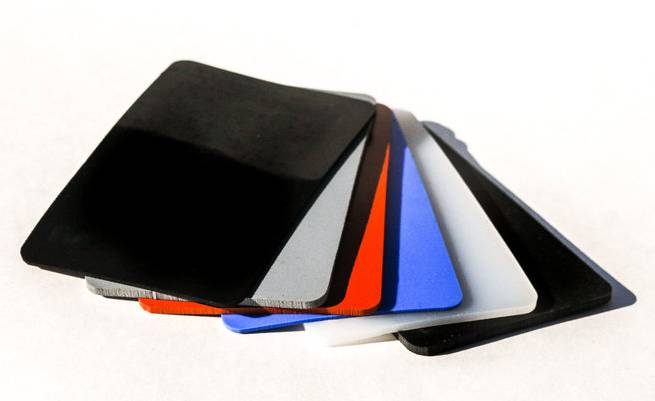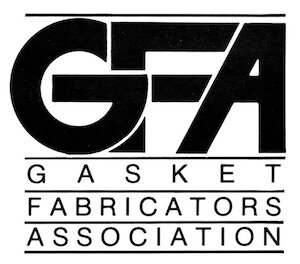Uncured rubber refers to rubber that has not yet undergone vulcanization or curing, the chemical process that crosslinks polymer chains to give rubber its final mechanical properties. In its uncured state, rubber is soft, pliable, and somewhat tacky. It resembles a dense, malleable putty or dough that can easily be shaped, extruded, or calendered into sheets or profiles.
At the molecular level, uncured rubber consists of long, entangled polymer chains that slide past each other when deformed. Because these chains are not chemically bonded, uncured rubber lacks the elasticity, tensile strength, and heat resistance that characterize cured elastomers. It is thermoplastic in behavior—softening with heat and stiffening when cooled—which allows it to be processed but not yet used as a finished engineering material.
Contact ElastaPro for uncured silicone rubber.
Composition and Processing of Uncured Rubber
Uncured rubber can be derived from either natural rubber (NR), harvested from latex sap, or synthetic rubbers such as silicone, EPDM, nitrile, or fluorocarbon. These raw elastomers are typically compounded with fillers (like carbon black or silica), plasticizers, stabilizers, and curing agents such as sulfur or peroxides.
During processing, uncured rubber is shaped into its desired form—extrusions, molded blanks, or sheets—before vulcanization. This stage is critical because once the rubber is cured, it becomes thermoset and cannot be reshaped without losing integrity. Engineers and manufacturers often handle uncured rubber in sheet, strip, or preform form, allowing for easy placement into molds or assemblies.
The Curing Transformation
The transition from uncured to cured rubber occurs through vulcanization, a heat-activated chemical reaction that introduces crosslinks between polymer chains. These crosslinks limit chain mobility, giving the material its characteristic elasticity and resilience.
For example, natural rubber is commonly cured with sulfur, producing a network structure that enhances mechanical strength, heat resistance, and chemical stability. Silicone rubber, by contrast, may use peroxide or platinum catalysts to achieve crosslinking. Once cured, the material becomes thermoset—meaning it will not melt or flow again when reheated.
Applications and Engineering Implications
Uncured rubber is used primarily as an intermediate material in manufacturing. Engineers and fabricators rely on its soft, conformable state for forming seals, gaskets, or molded parts before curing. It is also used in lamination or bonding processes, where it acts as an adhesive layer that cures in place during assembly.
In repair applications, uncured rubber patches or tapes can be applied to existing rubber components and then vulcanized to create a permanent bond. This approach is common in tire repair, conveyor belt maintenance, and industrial hose manufacturing.


